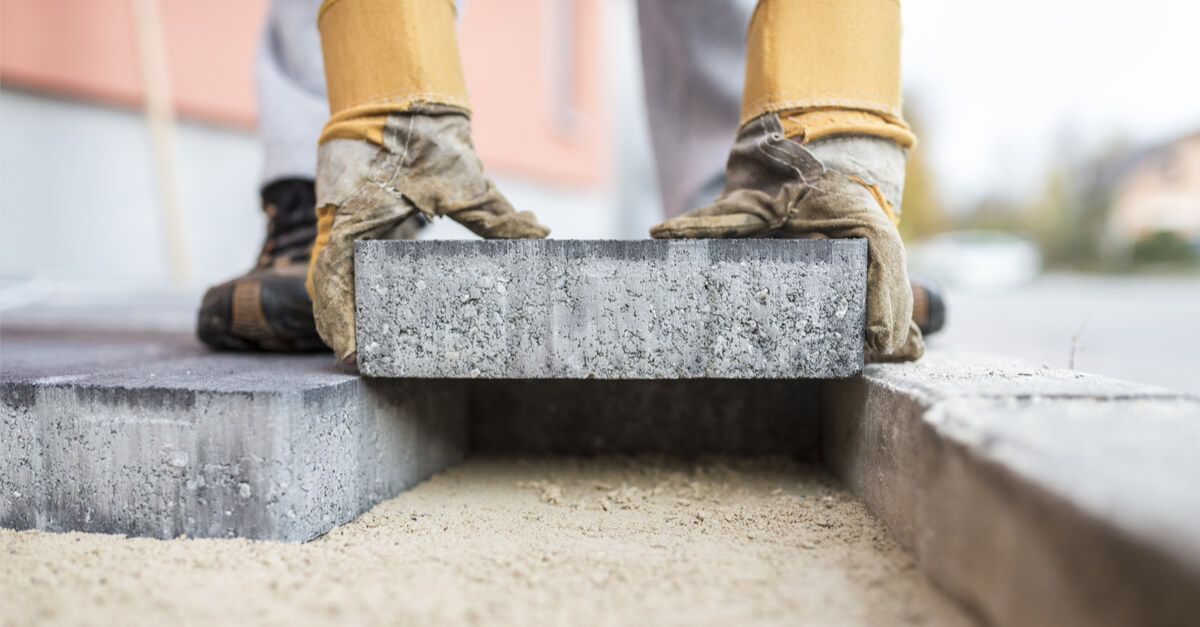Most jobs are already tough enough without cuts and bruises. Add these hand injuries into the equation, and you get a whole new level of complication. Worst of all, some injuries could even keep you away from work. Nothing could help prevent these injuries better than a pair of high-quality work gloves—they reduce the risk of occupational injury by up to 70%.
If you are in the market for the perfect pair of work gloves, the sheer number of options that exist might make the selection process difficult. You will have to choose from gloves of various sizes, textures, and thicknesses. However, different work environments call for different types of work gloves, and picking the right one will make your job easier. Here’s how to find the ideal protection for your hands.
Pick the Ideal Material
Consider the hazards you face every day. These potential dangers should dictate what material your gloves are made of. Some common workplace hazards include:
Cuts and Punctures
If your work involves handling sharp building materials and power tools, you need to get cut or puncture-resistant gloves. These will reduce the occurrence of sharp or blunt punctures. Choose gloves made of Kevlar or lightweight Dyneema, as these materials are known for their high tensile strength. This means that, while they cannot be easily pierced by nails, glass, and other objects, your gloves will remain durable and flexible.
Water and Chemicals
Construction work could expose you to dangerous liquids. Long neoprene or latex gloves that also cover your forearms, for example, are ideal when you’re working with oils, acids, and various solvents. Similarly, outdoor construction jobs that involve working around concrete, mortar, and tar will call for gloves with special rubber coatings to protect your hands from these harmful materials.
Bruising and Blistering
Thick, impact-resistant gloves with extra padding are a great option for most heavy construction jobs. Opt for gloves with reinforced palms, knuckle guards, or padded fingers. These features will protect your hands by absorbing the motion of vibrating power tools, heavy blows, and repetitive movements, which will help keep bruising, chafing, and blistering at bay.
Electricity
If your work involves being around live wires, you need as much protection from electric shock as possible. Rubber and leather gloves tend to be ideal at providing the needed protection. Avoid anything made from metallic materials, and be sure to check if your glove is conductive before use.
Heat and Cold
You need ample protection from heat and cold when working in extreme environments. Most cold-resistant gloves combine leather or a waterproof outer layer with internal insulation to help trap heat and keep your hands dry. On the other hand, heat-resistant gloves tend to be made of fire-resistant materials, such as leather, to prevent the glove from catching on fire.
Ensure That the Glove Is the Right Fit
Sizing and fit will determine how comfortable you are wearing your glove. Since you could be using your gloves for hours without end, compromising comfort should never be an option. In fact, poorly fitting gloves could restrict your movement and easily cause injuries, like muscle cramps and blisters. Before buying a glove, be sure to test out how comfortable it is on your hand. You should also consider that:
- Gloves with outside seams are quite comfortable, but they will wear out quickly.
- Gloves with internal seams are quite durable, but some could irritate your skin.
- Gloves with seams across the back tend to provide a better fit and improve your productivity at work.
- Gloves with seams across the palm area tend to be quite flexible and comfortable.
Features and Add-Ons
Some gloves come with features that are uniquely targeted for specific situations. Some of these features include:
- Fingerless Gloves - Some tasks will require protecting your hands without losing the natural dexterity of your fingertips. Fingerless or half-finger gloves offer you the best of both worlds. You can keep your hand protected and warm while completing tasks like handling delicate machinery or typing on a computer.
- Rubber Grip - Some tasks might require full hand protection and some form of dexterity. Since going for fingerless gloves might not be ideal, you should look for gloves with a rubber grip around the fingers or palm areas. This will allow you to handle detailed work without sacrificing protection.
- Touch Screen Pads - It can be tough to use touch screen devices unless you are using gloves with touch-sensitive pads. These gloves are ideal options when you need to protect your hands while simultaneously controlling machinery through touchscreen devices.
Good Hand Protection Will Go a Long Way
Picking a one-size-fits-all glove will not always work, especially if your job demands that you protect yourself from hazards that change from day to day. Take time assessing your job and pick a glove that will offer ample protection, dexterity, comfort, and durability. You can always ask reputable vendors for insights into how effective a glove is for your line of work.
Barb Abrahms is the CEO and co-founder of PalmFlex. Abrahms has over 20 years of experience consulting her team and customers on their ideal personal protective equipment (PPE) needs for a variety of industries and applications.
Want to get more insights like these delivered straight to your inbox? Interested in staying on top of the latest construction news, trends, technology, and economic reports?

